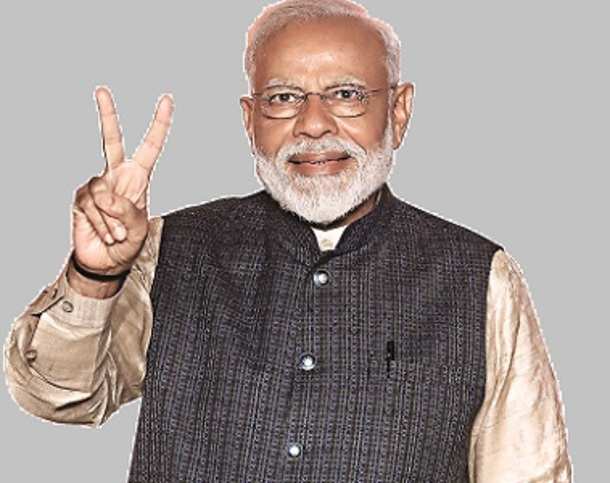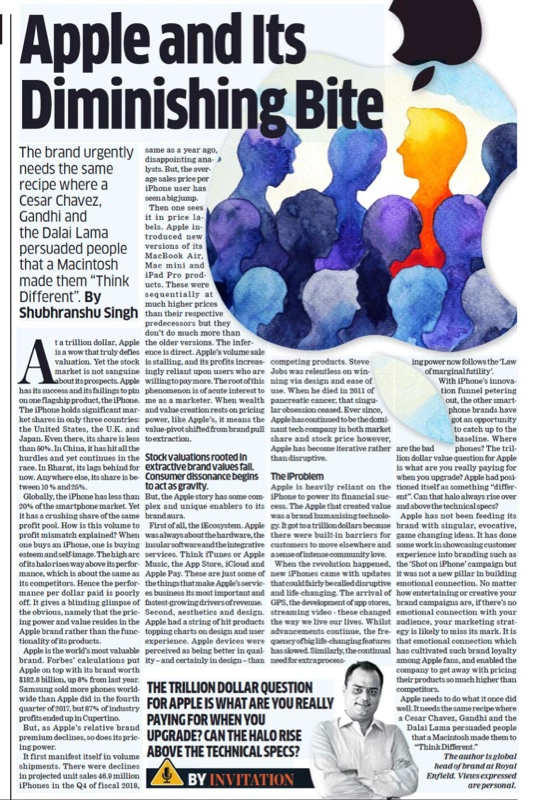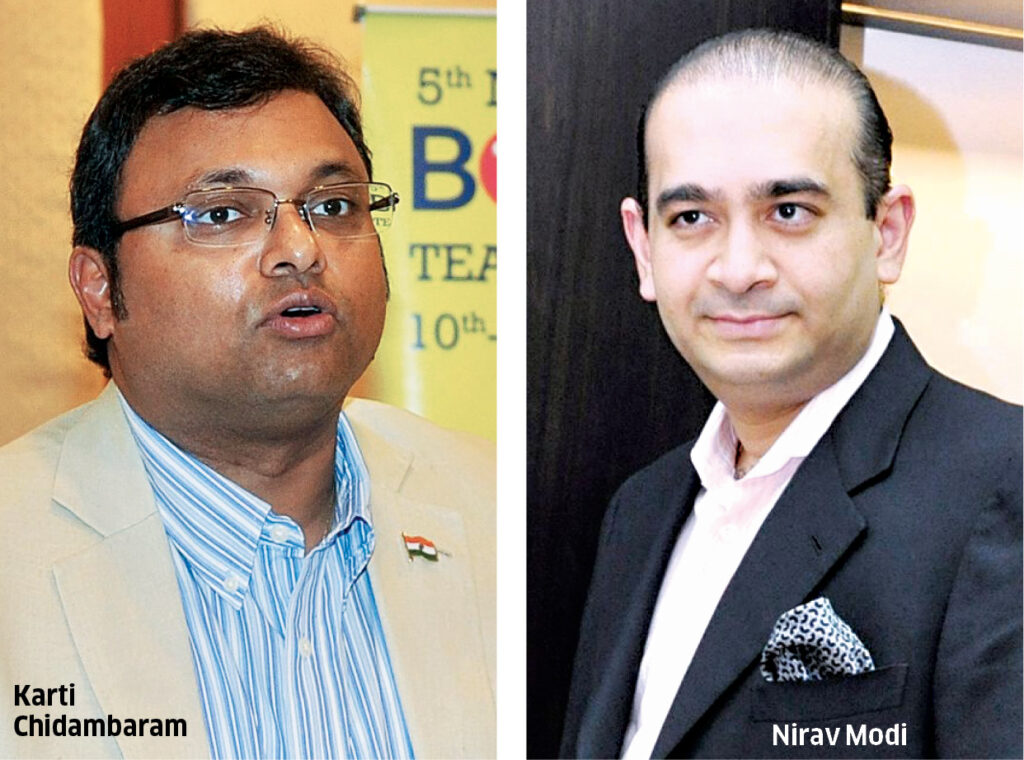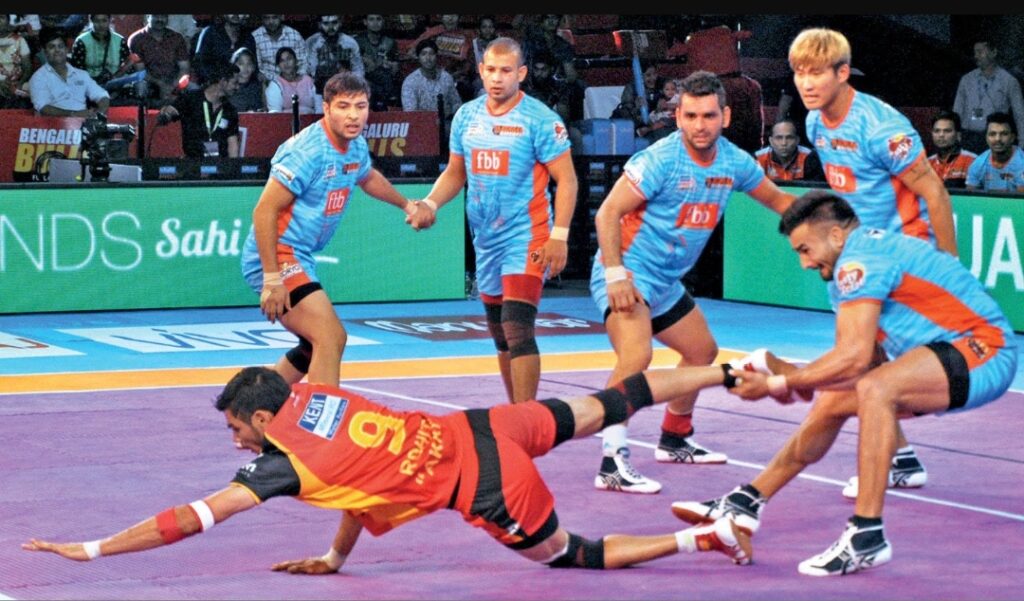What marketers can learn from this year’s Lok Sabha elections?
It is over. The results are known. A democratic exercise, unparalleled in human experience, has concluded. What has emerged is the key to the flood gates of power. A government has been elected with an unambiguous verdict. It will be responsible for the most populous and youngest human population on the planet. It will be endowed with awesome force and majestic powers. Its sweep will be deep and wide. Marketers please take note of everything that happened. What is true of the emerging Indian political system is true of India itself. The noise, the human crush, the blare, bands and screaming seen alongside the pageantry and the oratory of this unprecedentedly, long campaign hides the structural underpinnings of success. Planning was done, money spent, reputations minted or destroyed. [siteorigin_widget class=”SiteOrigin_Widget_Image_Widget”][/siteorigin_widget] There is a way to power in India, not as clear and flamboyant as in America, not as naked in its grasping as a tyrant’s strike for power in despotisms. Over the past 67 years, since the first general elections in 1952, our national life has evolved. Technology has made a grand entry, learning and Literacy have spread, cultural patterns have been reshaped. Politics has changed from a pivot to the Congress to one that has become totally centred on the BJP. Yet, like before, power flows from free choice exercised by participating citizens – active and responsible participation. It is a process where the elements are beyond rational analysis and control. Events, blunders, decisions, deals and treachery all play their part. The masterful exponents understand the mechanisms of nation-wide communications, alliances of political oligarchies, dynasties and the experienced cynicism of the struggling masses. The combatants have money, media machinery, platform and positions. They possess a fund of wisdom, earthy experience, and contacts. Their memories and narratives running back several decades. They have, more crucially, the jugular instinct to read the pulse and beat of power. They know – that in politics – your strategy is never based on choice, it is forced upon you! Here resources trump rivalries. Most party bosses and dynasts have emerged into the fray from jousting preliminaries where victory guarantees nothing but defeat often kills. This election saw, yet again, a naive but touching debate on ability alone securing clout for a political aspirant. Perish the thought. As many dynasts have been floored as elevated. There was a dampening of intraparty warfare that is usually only to be expected. Yet, the grubby, rooted politics of deals and chicaneries was in full splendour. It is an manifest truth in politics that candidacy for any office is the coming together of not one but many men’s ambitions. 2019 was positioned as a contest over a system of values. A struggle between good and evil. Some claimed it was a culminating contest for tolerance vs. intolerance. It was hyped so much, as if the very nature of man was being voted on. We must conclude from the results. First and foremost, this re-election and mandate has confirmed the numero uno status of Narendra Modi. The BJP’s campaign and its entire architecture were built around him and the results prove that he delivered spectacularly. The party’s organizational machinery, delivery of critical benefits programs at the grassroots level, palpable concerns about national security – all of these – contributed to the appeal. But, above all the clarion call of “every vote you cast comes to Modi” did the magic. Like never before, Narendra Modi managed to turn a parliamentary election into a Presidential vote. One may even think of it as a referendum. It takes a lot of political capital and brand goodwill to get people to parade behind you. Pitted against a fragmented opposition frayed over its leadership brand Modi was recognized to be firm, steady and in control of affairs. Modi is arguably the biggest super- brand and political phenomenon India has seen since the independence movement. I say this because 2019 signalled a decisive shift of mind set, boundary constraints. Political axioms and certainties were shattered. In his electoral triumph, Modi has bridged divides of caste –high and low, Urban and Rural abode, Rich and Poor by income and even Bharat and India by mindset. This is truly unparalleled ! There are flavours of anti-elitism, muscular nationalism and majoritarianism in this winning recipe, unpalatable to a western educated intelligentsia. That said, for the vast majority of the voters, it is about opportunity. Voters rewarded empowerment, roads, electrification, housing, health care, toilets, cooking gas and so on. Of course there has been cosmetic concealment of warts and wrinkles by the marketing machine behind this juggernaut. But it was done with such expert emotional distraction that,in the due course, plurality became an antonym of nationalism. In the overall analysis, Modi is seen as hard-working, committed and focused whereas the opposition were seen as feudal, privileged, corrupt and office seeking. They were seen to be banking on vested interests and parochial vote banks. Besides the force of brand Modi, what are some of the salient points for marketers to note from 2019? Strategic calculation: advertising without strategy’s is art, futile art. The mix: messaging above scandals, mistakes, backroom deals and reckless gambles. Keep on the message and be opportunistic to shape the message according to the emerging mix. The machinery: the sum total of your ability to influence the voting market matters more than just a message. Diffusion: Look beyond focal points because power acquisition today is way more diffused as a process than ever before. We should remember a hundred times, this was the first mobile-digital election in India. The power of mobile internet based dissemination is vastly underestimated. Charisma: hard to use, easier to lose. Those who marshal it, like Modi, are masters of communication itself. Centrifugal: Hacktivists, Troll armies, versioning media men. The politics of the centrifugal forces cannot be neglected but if you are banking on them to be elected , think again. Trust: the most precious elements of political branding, it needs evidence after one iteration. After the first, trust
What marketers can learn from this year’s Lok Sabha elections? Read More »







